Energy storage has been in use for centuries, as evidenced by dams and the use of the stored water to drive mechanical devices associated with grain milling. Energy storage provides the ability to balance the energy capabilities and resultant outputs of variable energy sources with the needed energy inputs of differing and variable loads. For example, if the availability of the sun’s energy could be directly matched continuously over time with the electrical lighting loads in a building, then there would be no need to store the sun’s energy as converted into electrical power through a photovoltaic (PV) system; the electrical energy would go directly to the lighting system, and demand and PV capacity would be in total agreement. The variability associated with building operations, climate, and the lack of 24-hour sunlight necessitates some way to store the electrical energy generated by the PV system for future use. In this case, the storage technology is a battery to store the electrical energy.

Courtesy of Portland General Electric
Electrical storage today is not fundamentally different—in concept—than it was 100 years or more ago; just the range and type of technologies used, the size of the systems, their location and ownership/operational situations (grid or customer side of the meter), their interconnection with other systems, and their intended applications are increasing in depth and breadth. Due to factors spurring market demand for energy storage technology, North America is expected to see the most growth in energy storage over the next five years. Grid-scale storage will increase globally upwards of 10 gigawatts over that same period. This includes not just grid or commercial size systems but residentially focused systems in the 5 to 25 kW range.1 The projected US market for energy storage in 2015 is estimated at $10 billion annually.2
What might have involved the assessment of some wiring, conduit and electrical connections, and a determination of the safe installation of one or more lead-acid batteries just over 100 years ago is changing. This necessitates the need for those responsible for ensuring the safety and performance of electrical systems to understand what is coming. Principles that are applied to any electrical system are no different; it is just that the application may not look as familiar as more traditional electrical technology.
The purpose of this article is to provide an update on energy storage technology, making electrical inspectors less likely to be surprised when seeing new energy storage system technologies and better positioned to foster the acceptance of new storage technology.
History
Energy storage has been used in a number of ways for centuries; not necessarily in the manner in which we would think of it within the context of today’s built environment. More contemporary applications storing electricity have been around for about 200 years, beginning with the invention of the modern battery by Volta in 1799. Building on that initial work, lead-acid batteries were applied in the 19th century for a number of applications, most notably to store generated power during the day. Then, that storage for example could supply overnight lighting loads as was done in New York City when they first started to use electricity to light the city using dc current.With the first applications of electric power in the US, including storage batteries, the first National Electrical Code (NEC or NFPA 70) was published in 1887.
Other than for emergency electrical backup, and for time-shift from coal to replace natural gas during non-peak periods in electrical generation, and the increasing use of pumped hydro to generate power, there was little change until about 30 years ago. By the mid-1980s there was increasing interest by utilities to develop batteries and other storage technologies to support the electrical grid. During this time, there was increased emphasis on demand side management that fostered increased use of renewable energy and the application of combined heat and power systems in and around buildings. These and other factors have created a demand for energy storage systems; a demand that is fostering significant growth in storage technology research, development, availability, application and use, not only on the grid side of the meter but on the customer side of the meter where both stationary and vehicular systems are in play.
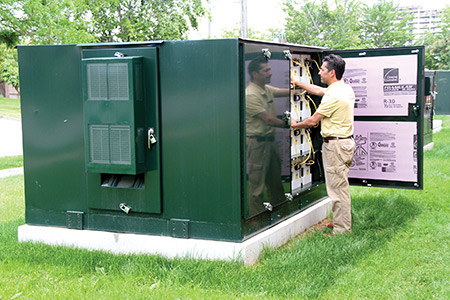
Courtesy of Green Energy Futures
Market drivers
Energy, environmental and economic challenges here in the US and globally are spurring activity associated with new energy-related technology. Electric power plays a critical role here in the US and globally. It is something we cannot do without, but with increases in energy demand, the need to improve power reliability, flexibility and to reduce costs associated with electric power delivery there is an increasing need to be smarter about what we do and how we do it. Electrical storage has a more important and critical role to play; a role much larger than providing backup power or helping utilities effectively use energy sources in generating electric power as it has in the past. This is driving the investment in storage technology development and deployment, even to the point of looking at how vehicular systems can also serve stationary energy needs. Certainly, there is an increasing need for utilities to upgrade their investments in generation, transmission and distribution services. Customers also have an increased emphasis on power quality, reliability, and the ability to time-shift and manage demand charges. In addition, movement toward a Smart Grid that seeks through automation the improvement of the grid to address the above challenges is heavily dependent on the availability of energy storage technology and is helping to drive technology development. Efforts to deploy renewable technologies such as solar PV are also driving demand for energy storage. Of note, the biggest challenges hindering adoption of this storage technology are cost, deployability, and lack of standards.1

Figure 1. Energy Storage Technologies1
One could argue that standards (and codes)—or the lack thereof—have a direct impact on cost and the ability to deploy the technology. The absence of criteria upon which to evaluate technology performance and safety leaves advocates and granters of technology approval with little to go on other than evaluating the technology on the basis that it is “no more hazardous nor less safe and it performs at least as well as other technologies that are specifically covered by existing standards and codes.”
For instance the increased deployment of PV systems and energy storage are driving the need for revisions to the NEC with respect to criteria for dc systems; something new in buildings and to many of the NEC code-making panels. As covered above, the technology is here now and is likely to enjoy increased deployment in the future. Electrical inspectors can benefit from having a basic familiarity with energy storage technology. More importantly, they need to know that standards and codes and the infrastructure that supports the use of those documents are being addressed now with the goal of having the necessary criteria and programs in place and upon which system approvals can be readily considered when the availability of systems begins to fully address these increasing energy, environmental and economic challenges.
Energy storage technologies
There are a myriad of energy storage technologies in terms of design, capacity and function. They include batteries, pumped hydro, electrochemical capacitors, compressed air, flywheels and thermal storage. Essentially anything that can store energy (electrical, thermal, kinetic) for future use can be considered energy storage. Within battery storage there are lithium-ion, fuel cell, lead-acid, nickel metal hydride, alkaline and potassium-ion types.
The Department of Energy (DOE) International Energy Storage Database provides considerable information on the energy storage projects operating or planned in the US, North America and globally (http://www.energystorageexchange.org). Further information on energy storage technologies is available in the DOE/EPRI 2012 Energy Storage Handbook in Collaboration with NRECA that was released June 2013.
Currently available storage technologies include batteries and other non-battery technologies such as pumped hydro, thermal storage, flywheels and compressed air, as shown in figure 1.
Battery story technologies, which will be of primary interest to electrical inspectors, include the following:
Sodium-sulfur (NaS), which have a discharge period of about six hours, can provide prompt and precise response, and operate at 300 to 350°C. They use metallic sodium that is combustible if exposed to water, hence they are constructed in airtight, double-walled stainless-steel enclosures. Where cells are combined, they are surrounded by sand to mitigate fire.
Sodium-nickel-chloride (NaNICl2) are high-temperature devices like NaS with cells hermetically sealed and packaged into 20 kWh+/- modules.
Vanadium redox batteries (redox) are a type of flow battery in which at least one of the active materials associated with the battery is in solution in the electrolyte at all times. The electrolytes are stored in external tanks and pumped to the cells as needed. Each cell has an open-circuit voltage on the order of 1.4 V with higher voltages achieved by connecting cells in series to create cell stacks. Useful life is estimated at about 10 years.
Iron-chromium (Fe-Cr) redox batteries are another type of flow battery, but are in the R&D stage and just entering field demonstration.
Zinc-bromine (ZnBr2) are also flow batteries in the 5 kW to 1000 kW range that are in the early stages of field-testing and have a storage duration from two to six hours. Each cell has two electrode surfaces and two flow streams; noting that the bromine is extremely corrosive. During normal operation they are not unusually environmentally hazardous, but the materials they contain can become contaminants.
Zinc-air batteries are metal to air electrochemical cells where oxygen in the surrounding environment serves as an electrode.
Lead-acid batteries, originally invented over 150 years ago, are widely used and comprised of carbon-based and advanced technologies, the latter using enhancements such as granular silica electrolyte retention systems.
Lithium-ion (Li-ion) are most common now in electric vehicles and for portable power applications. Field demonstrations are underway in the 5 to 10 kW/20 kWh for distributed system and 1 MW/15 minute fast responding systems for frequency regulation. Some are able to provide backup power for up to three hours during a grid outage.
Figure 2 provides a number of data associated with energy storage systems used for frequency regulation. Data for other system applications such as bulk storage and residential applications are also shown in the cited reference.
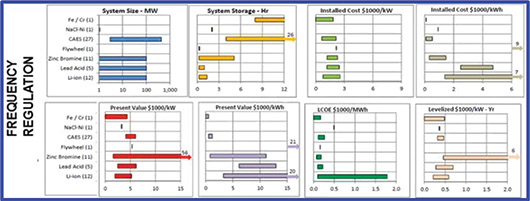
Figure 2. Battery Storage System Type, Size and Cost Data.1
Beyond the battery chemistry and “what is happening inside” individual cells, cell stacks and pre-packaged battery systems there are a number of other components that include switching systems, power conversion and conditioning systems, transformers, motors, controls and communications systems, and related software. For some of these systems there will also be fluid piping, tanks and associated pumps, motors and controls.
Within the boundary that defines the system, electrical safety and other health and life safety issues will need to be addressed. In addition, across that system boundary there will be electrical, and possibly also thermal, fluid and gaseous inputs and outputs to consider; not just with respect to how the system could impact its surroundings but how an event associated with the surrounding (such as a fire) could impact the system. Some will focus specifically on electrical safety and others will also require consideration of other health and life safety issues.
The Electrical Inspector’s role in energy storage
The goal of an electrical inspector is to ensure the safety of the built environment as well as the public to the degree that they can be directly or indirectly affected by electrical systems or equipment, products and components associated with those systems. With respect to energy storage systems that involve electrical energy as inputs and/or outputs there are a few conditions to consider in framing a discussion on the role of the electrical inspector; noting that as with other types of equipment and systems there may be as much emphasis on protecting the storage technology from the surrounding environment than the other way around.
System size – is the system unitary in nature, composed of a matched set of components or simply designed, assembled and installed from a number of different “parts”?
System complexity – is the system simply a “box of battery cells” and some wiring and controls or are there also fluid and/or gas storage, piping, and controls involved?
System installation and location – what is the proximity of the system to buildings, facilities and the general public and is it stationary or mobile?
System relation to the grid – is the system on the customer or grid side of the meter and if on the customer side how is it interconnected with the grid?
System ownership and operation – is the system owned and/or operated by a utility (e.g., under PUC jurisdiction), a federal, state or local governmental agency, a contracted third-party energy provider, or a building owner/facility manager?
One way to get a handle on this issue is to contrast the extremes and how the electrical inspector would likely address them. Those extremes are a pre-packaged singular unitary system (kW size) that is installed in, on, or adjacent to a building that is accessible to the general public. Then, a much larger system (Mw size) is assembled and installed on site, from a number of separate “parts”; both are on the customer side of the meter and are owned and operated by the building owner. To frame another set of extremes, consider those above, but on, the utility side, and not necessarily located in, on, or adjacent to buildings accessible to the general public. Simply stated, the former NOT latter in this case could be residential in size, pre-packaged (unitary) and simply be “delivered and hooked up.” The latter could be grid-size and located adjacent to a utility transmission station or a large utility-owned PV farm.
With those extremes, it is also important to recognize any key differences from more traditional electrical equipment and systems. One of those is that storage systems, or at least certain components of the system, will always be energized and cannot be simply turned off. This affects commissioning and operation of systems, but may also necessitate treating the installation differently than more traditional “off/on/off” equipment.
Another difference is that the storage systems can contain exotic materials that may be affected by fire, water/flooding, seismic events, and other external factors. In this instance, the electrical inspector would be focused more on the location and installation of the system to protect the system from its environment as opposed to the opposite condition. As noted above, they can also involve stored and/or moving fluids and/or gases as inputs and outputs
from the system.
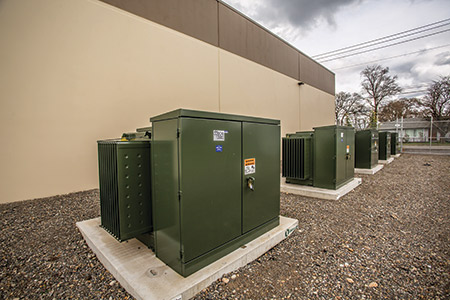
Transformers of the new Salem Smart Power Center that houses a 5-megawatt battery and is operated by Portland General Electric, a research partner of Pacific Northwest National Laboratory. Courtesy of Portland General Electric
In the simplest of situations, the electrical inspector would verify that the system (e.g., unitary pre-packaged) had been “tested and listed” by an approved third-party agency thereby validating that the system and its components satisfied a particular standard or number of standards where conformance with those standards supports that the system is “safe”. Then the inspector would determine that the system was installed in accordance with the terms of its listing and any adopted codes that are relevant (e.g., the NEC). Wiring methods, circuits, disconnecting means, grounding, clearances, ventilation of interior spaces, marking/signage, the existence of live parts, current limiting/overcurrent protection, etc., would essentially be conducted no differently than if the device was an electric furnace instead of an electrical storage system.
As the system increases in size and capacity, its installation and location scenarios change, and its relationship to the grid and the ownership and operation conditions can also vary. The role of the electrical inspector may become more challenging; however, the fundamentals will remain the same as with the simplest of situations. Building on the information above for unitary-type systems, there would be virtually little difference in the roles and responsibilities of the electrical inspector if the system was composed of matched “tested and listed” components. The only additional effort is to ensure that each component of the system is connected in conformance with the terms and conditions of the listing and adopted codes as to clearances, ventilation, signage, etc. When those components are not a matched “package” but instead the system is essentially assembled on site from various “parts” then all of the above items (acceptability of the components, their proper connection and compliant installation) must still be addressed. The challenge is that the criteria for doing so are not likely to be provided by a single entity (e.g., a manufacturer of the system). Instead, the criteria will come from each component manufacturer and the guidance on the assembly of the components and their individual and collective assembly will be guided by adopted codes such as the NEC or from other standards that may be written specifically to address the installation of such systems; as is the case for instance for NFPA 853 for stationary fuel cells.
There are also the same exact scenarios above on the customer side of the meter but with a utility actually owning a system that is located in, on, or adjacent to a private or public sector building or facility. In those instances, even though the utility is involved, the same considerations above would be applicable, although the inspector would be more likely to also be dealing with utility personnel in the review, inspection and approval process. There is a similar issue with utilities, utility property, and part of the utility systems and equipment that make up and support the business of generating, transmitting, and/or distributing electric power to
customers. In those situations, the same general concerns would apply but the criteria used as a basis for acceptance would be those adopted by the utility and are likely to be based on the National Electrical Safety Code (NESC).
One additional consideration is the system life after initial inspection and approval. Typically, once a certificate of occupancy is issued the electrical inspector’s role with a building or facility is completed unless there is an addition, repair, renovation, etc., associated with the building or its systems or system components. Where existing and previously inspected and approved batteries are replaced, renewed, rehabilitated, etc., an electrical permit and subsequent review of the construction documents and inspection of the work may be necessary. For grid-side systems, this review would likely be addressed by the system owner (the utility). For customer-side systems, the notification of pending work on the system should occur through a permit application by the building owner, facility manager or electrical contractor.
ES system performance
Beyond the specific health and life safety aspects associated with an energy storage system is the performance of a system with respect to its intended function (i.e., peak shaving, frequency regulation, renewables smoothing). The availability of uniform, reliable, consistent and comparable information on system performance fosters market acceptance of such systems and eliminates the need for potential customers of such systems to develop their own separate criteria. Some performance information, such as system capacity and rating, is relevant to electrical inspectors, even if minimum performance thresholds are not within the scope of the electrical inspector’s function based on adopted codes and standards.
To address the lack of uniform, consistent and singularly acceptable criteria for measuring and expressing energy storage system performance, the US DOE’s Office of Electricity Delivery and Energy Reliability (OE) Energy Storage Systems Program, through the support of PNNL and Sandia National Laboratories (SNL), fostered an industry wide collaboration to develop a protocol for measuring and expressing the performance characteristics for energy storage systems. The protocol was published in late 2012 and currently provides criteria for all-electric systems intended for either peak shaving or frequency regulation applications. For those applications, the protocol addresses the definition of the system boundaries, what measurements are to be taken, the duty cycle to be applied to the system, and the methods for determining and reporting system performance from the resultant operational data. Both applications are evaluated as to capacity, round trip energy efficiency, response time and duty cycle round trip efficiency. The frequency regulation application also is evaluated for ramp rate and reference signal tracking.
Most recently a user’s group applied the protocol to a number of system installations and based on their experiences further refinements were suggested to the protocol. Those suggestions are being communicated to both US and International standards developers who are using the protocol as a basis for more traditional standards on system performance. In addition, work is concluding on enhancements to the protocol to cover applications of systems for microgrids and frequency smoothing of renewable energy systems. The core format of the protocol and the process for its development and enhancement serves as a foundation for future standards development and deployment, which in turn assists the industry at large. More importantly this model for criteria development and availability of underlying supporting documentation fosters the more timely availability of specific criteria in standards and codes that electrical inspectors can use in assessing and approving new technology.
What’s next?
The market drivers discussed above will continue to provide an opportunity for and encourage technology development and deployment. This statement holds true no matter the time frame in which it is considered. Just as a market driver for energy storage in the late 1800s might have been “we need to store the electricity we generate during the day to light the lights at night” and the business opportunity associated with artificial lighting at that time, storage technology has evolved since then, is evolving now, and will continue to evolve in the future.
For electrical inspectors some things will remain the same, others will change – more likely they will be new. What will remain the same is the physics associated with electricity. While what is “inside the box” may change and necessitate different considerations, the connections to that box, the associated controls, and what is flowing through the wires and conduit to/from the box will not fundamentally change. Beyond that, as evidenced by some of the storage technologies noted above, there may be an increased need to coordinate with those involved in building, fire, plumbing and mechanical code enforcement to address the integration of the system with the remainder of the built environment in, on, or around buildings. Clearly if the system is of a particular size and/or type those responsible for zoning may also need to become involved with respect to setbacks and emergency vehicle access.
As the technology evolves it will be incumbent for the storage industry to engage all stakeholders, including those involved in electrical and related code development, adoption and enforcement. Concurrently it is appropriate for those same stakeholders to proactively become more engaged with the storage industry at the individual level or through associations and organizations such as IAEI. This article is an example of that outreach.
Beyond the technical, there is also the non-technical or administrative environment. The clear distinction between what is and is not covered by the utility is changing. This will impact who is responsible for the adoption and enforcement of codes, standards and other criteria to govern system installation, commissioning and use. Training, licensing of electrical contractors, and a number of other issues will also have to evolve to keep pace with and to
facilitate the acceptance of storage technology.
Electrical inspectors – now more than ever– play an important role in addressing our energy, environmental and economic challenges by fostering the acceptance of energy storage technology. The key overriding factor is to ensure the safety of not only the public at large but of those who are intimately involved with such systems in a thorough and timely manner. The infrastructure that has been in place to ensure that safety and foster new technology acceptance can and will, with your help and dedication, grow and evolve to address new technology; in this case, electrical storage systems.
Bibliography
1DOE/EPRI 2013 Electricity Storage
Handbook in Collaboration with NRECA, SAND2013-5131, July 2013
(www.sandia.gov/ess)
2Power Systems of the Future: The Case for
Energy Storage, Distributed Generation, and Microgrids, IEEE Smart Grid,
November 2012 (www.smartgridresearch.org)
3Protocol for Measuring and Expressing the
Performance of Energy Storage Systems,
November 2012, PNNL-22010 (www.pnl.gov/main/publications/external/technical_reports/PNNL-22010.pdf)
About Pacific Northwest National Laboratory
Pacific Northwest National Laboratory, located in southeastern Washington State, is a U.S. Department of Energy Office of Science laboratory that solves complex problems in energy, national security, and the environment, and advances scientific frontiers in the chemical, biological, materials, environmental, and computational sciences. The Laboratory employs about 4,400 staff members, has an annual budget of about $1 billion, and has been managed by Ohio-based Battelle since 1965.







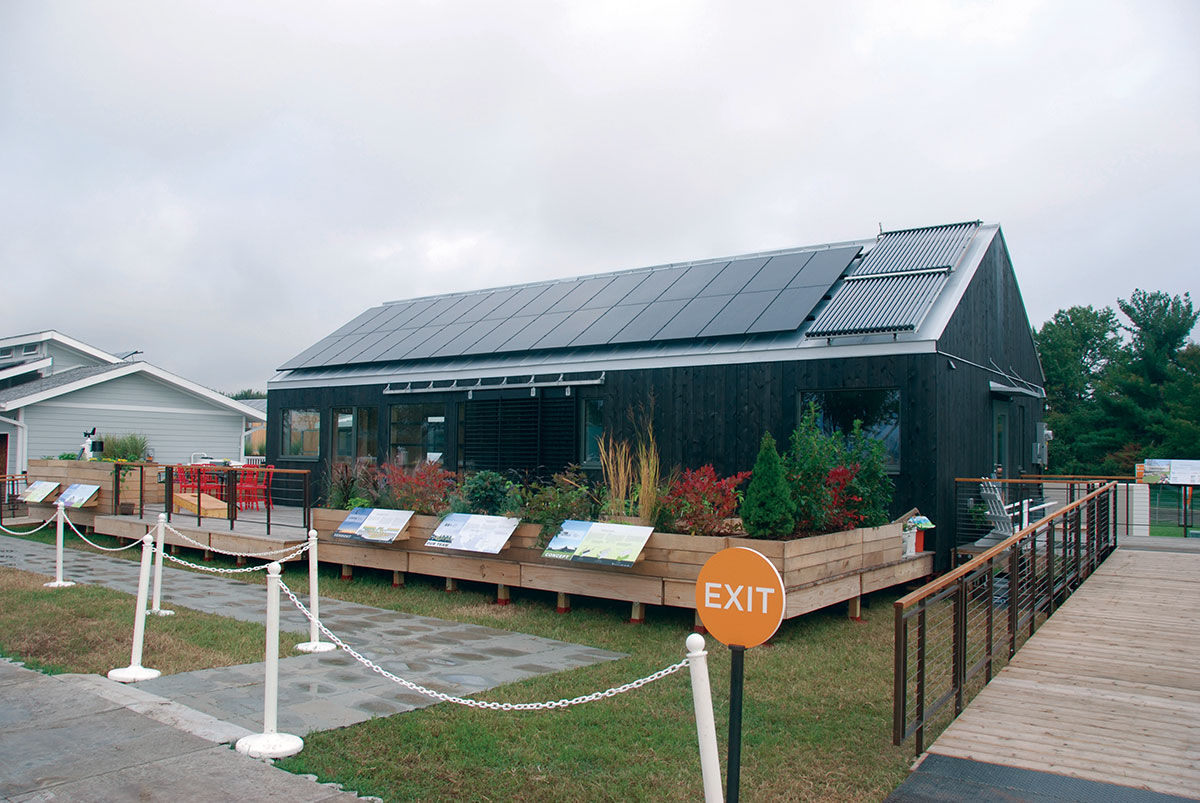
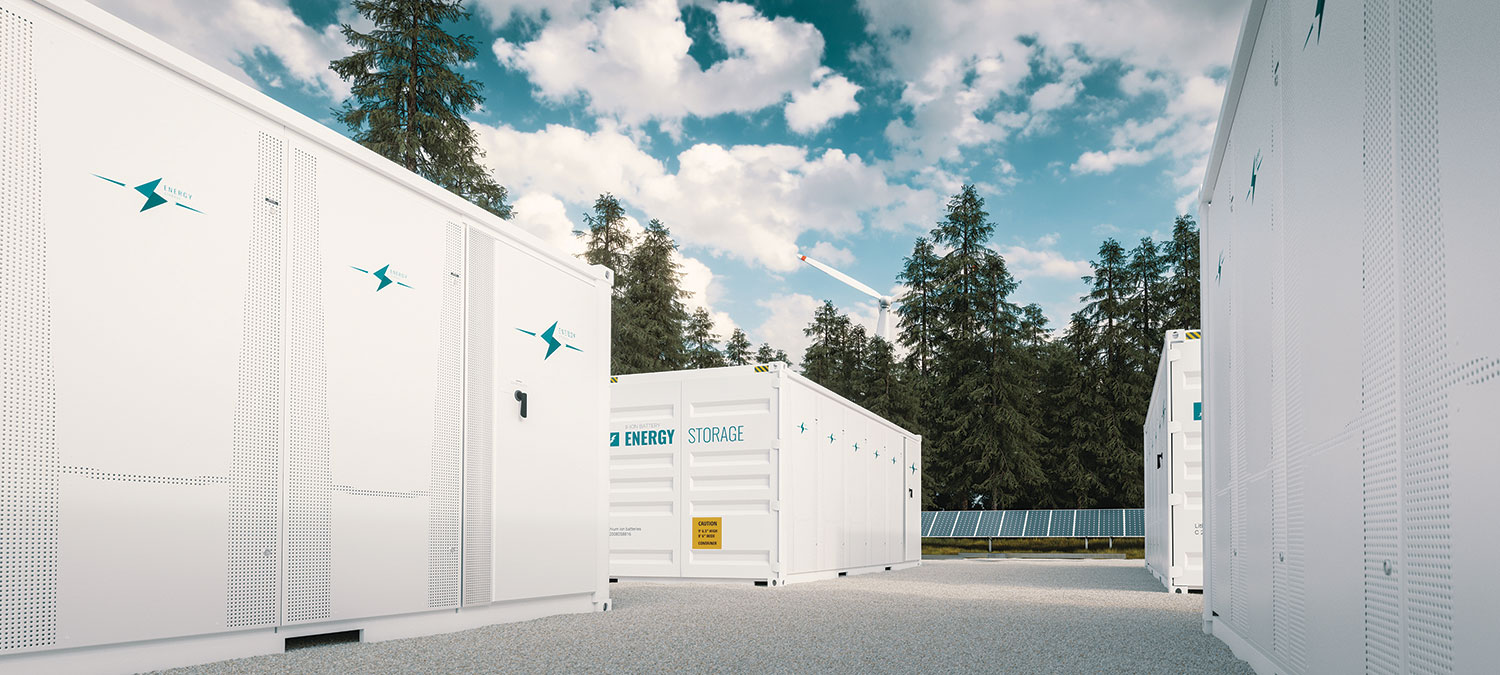
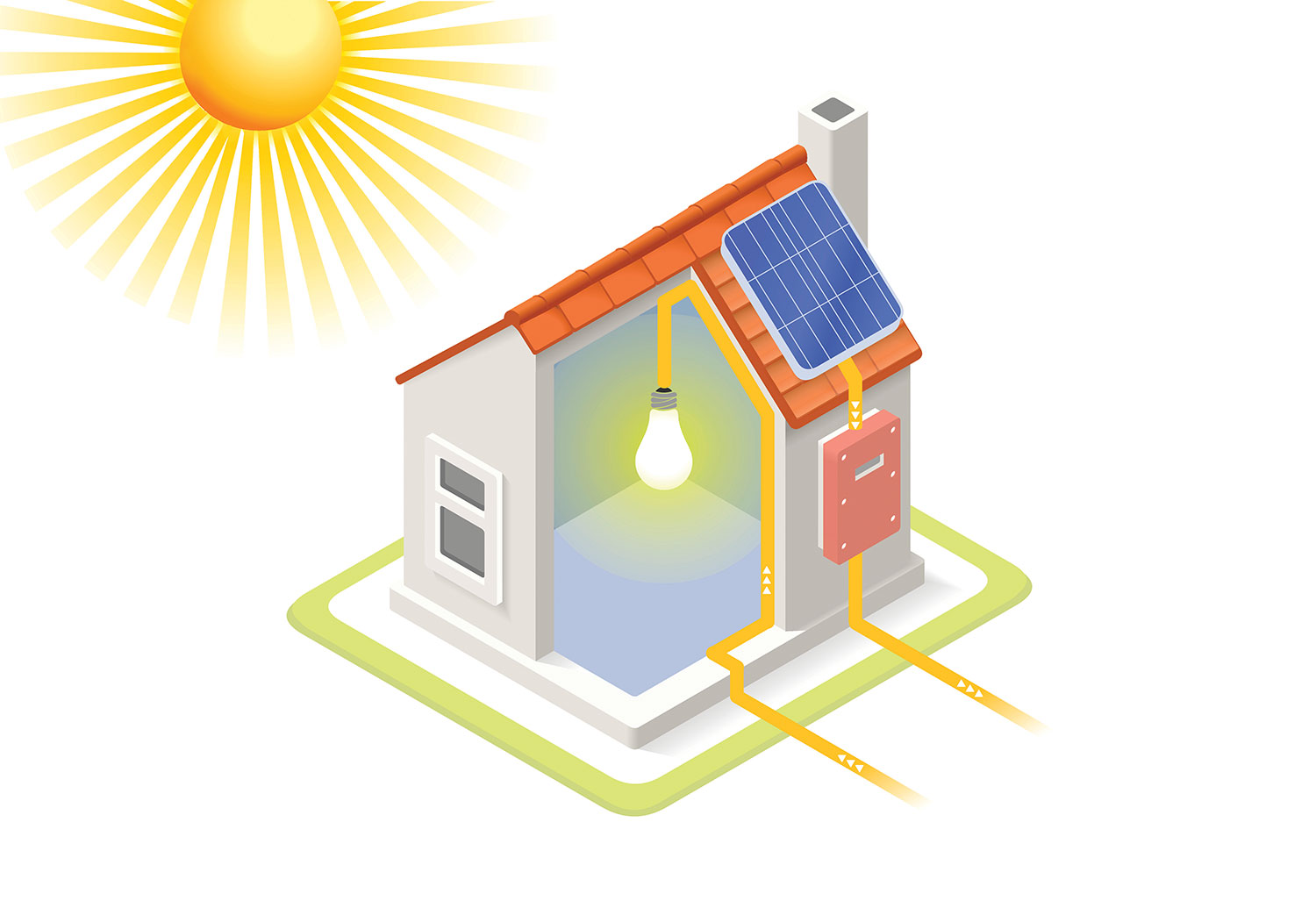
Find Us on Socials